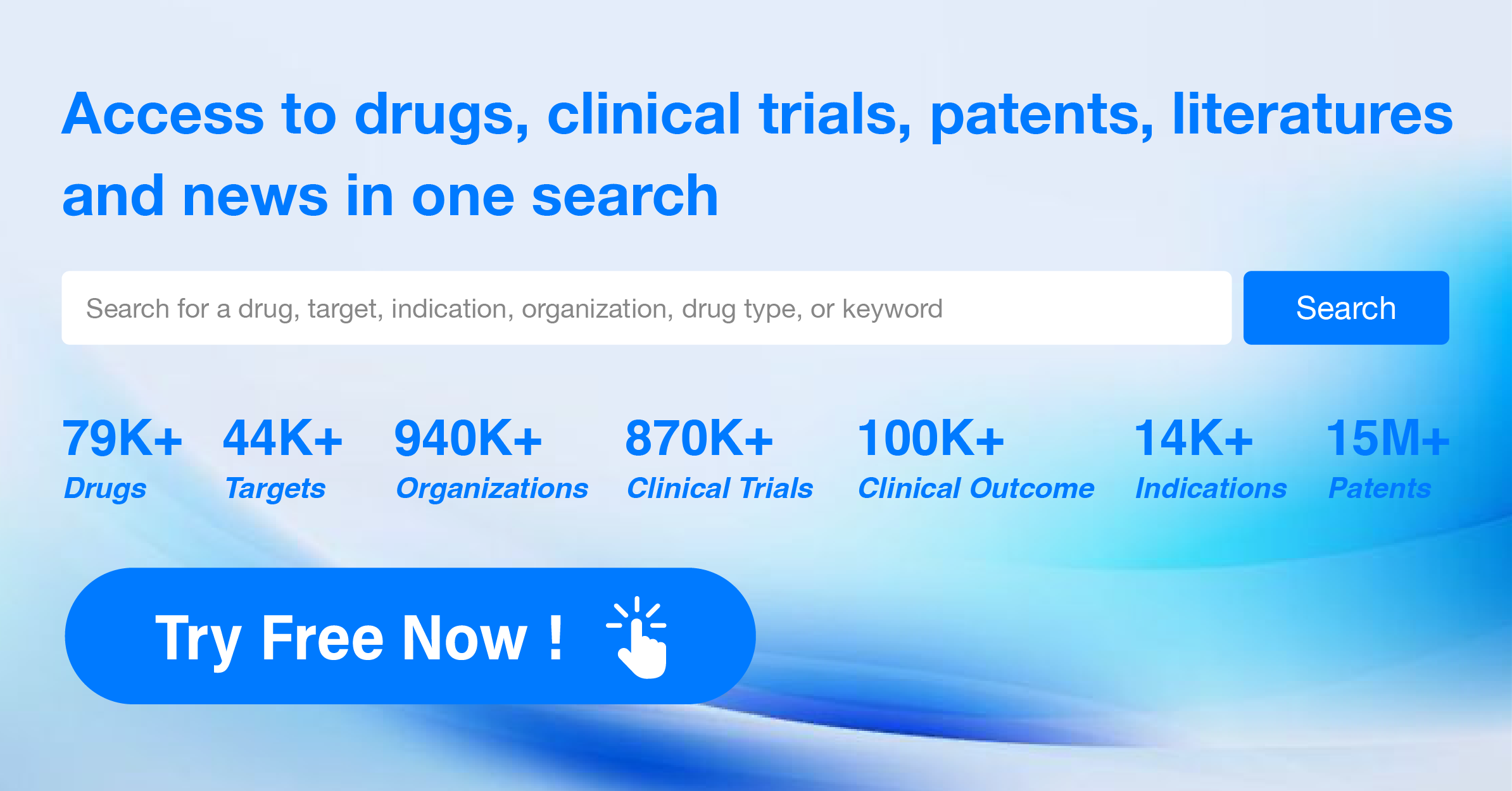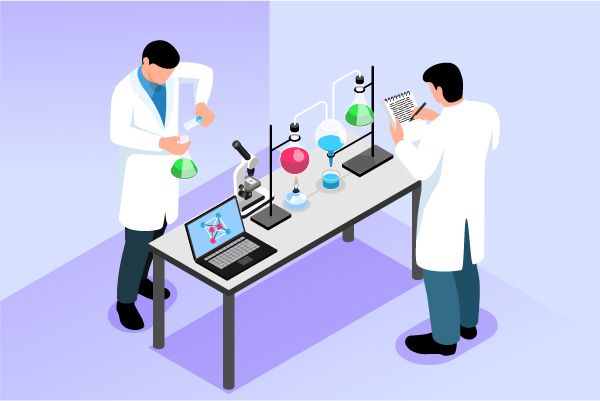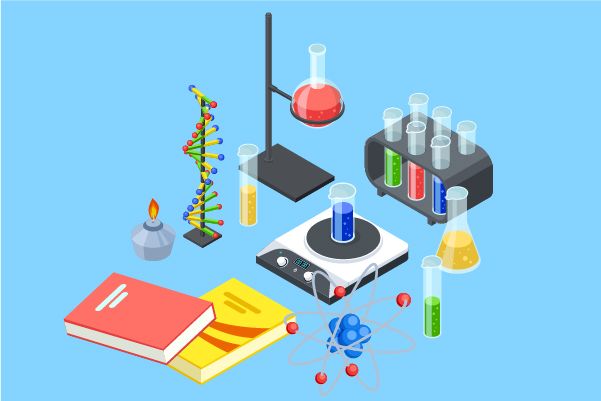Can protein drugs achieve targeted therapy and how to achieve it?
Protein drugs, also known as biologics, have revolutionized the treatment of various diseases by specifically targeting specific molecules or pathways involved in disease progression. To achieve targeted therapy with protein drugs, several approaches can be employed:
Monoclonal antibodies (mAbs): mAbs are laboratory-made proteins that can recognize and bind to specific targets on cells or tissues. They work by neutralizing disease-causing agents, blocking cellular receptors, or recruiting immune cells to attack cancer cells. For example, Herceptin is a monoclonal antibody used for treating breast cancer.
Antibody-drug conjugates (ADCs): ADCs combine the targeting capabilities of monoclonal antibodies with the cytotoxic effects of chemotherapy drugs. The antibody part of the ADC binds to specific markers on cancer cells, and the drug is then released, killing the targeted cells without harming healthy ones. Examples include Kadcyla and Adcetris.
Cytokines: Cytokines are small signaling proteins that regulate immune responses. By modulating their levels or activity, they can help control inflammation and autoimmune disorders. An example is etanercept, which is used to treat rheumatoid arthritis.
Enzyme replacement therapies (ERTs): Inherited metabolic disorders can result from deficiencies in enzymes required for breaking down certain substances. ERT involves replacing the missing or defective enzyme through regular infusions of recombinant proteins. An example is Cerezyme, which is used to treat lysosomal storage disorders.
Gene therapies: Gene therapies involve introducing functional copies of genes into cells to correct or replace faulty ones responsible for disease. This can be achieved using viral vectors to deliver the therapeutic gene directly to the affected area or cells. An example is Luxturna, which uses an adeno-associated virus to deliver a functioning copy of the RPE65 gene to patients with Leber congenital amaurosis.
Peptide hormones: Peptide hormones are short chains of amino acids that act as messengers between cells. By mimicking these natural hormones, synthetic peptides can be designed to stimulate or inhibit specific cellular processes. Examples include Octreotide, which is used to treat acromegaly and neuroendocrine tumors, and Somatostatin, which is used to treat diabetes and other conditions.
To achieve targeted therapy with protein drugs, researchers must carefully select the appropriate target, develop suitable antibodies or other binding molecules, optimize the drug delivery system, and ensure safety and efficacy during clinical trials.




